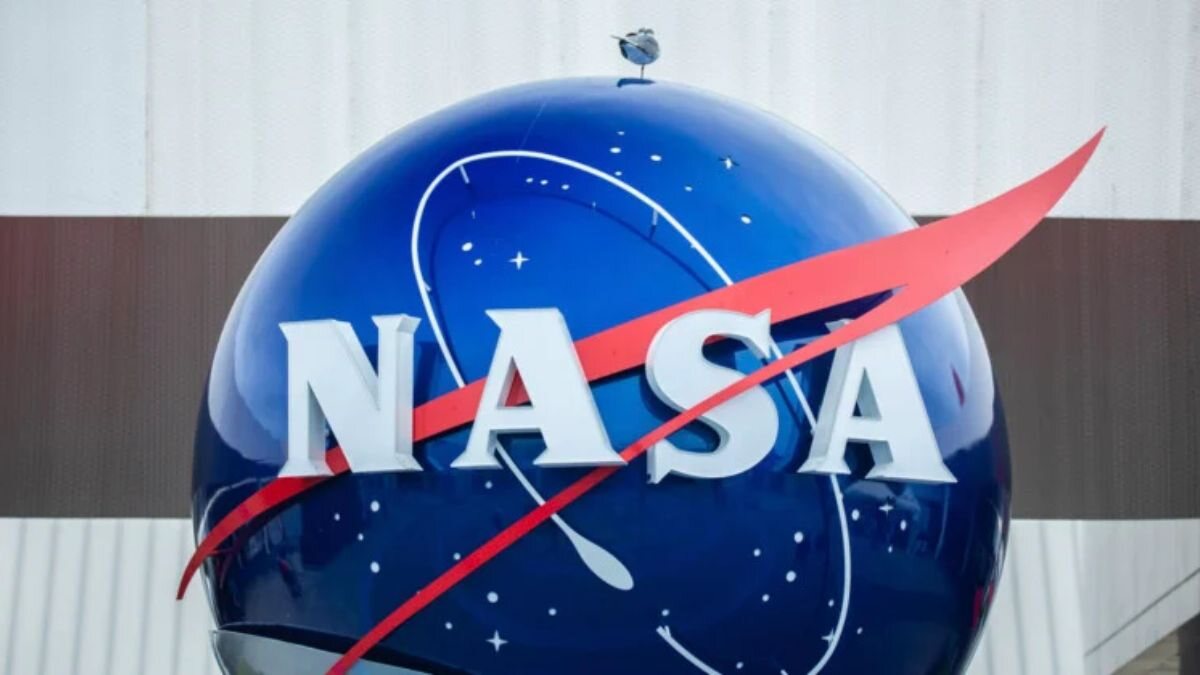The esteemed National Aeronautics and Space Administration (NASA), an autonomous entity under the purview of the United States federal government, entrusted with overseeing the civil space program, conducting aeronautics research, and delving into the realms of space exploration, is poised to deliver space-related programs directly to the comfort of your home, devoid of any intrusive advertisements, commencing as of the forthcoming week.

Scheduled for its inauguration on Tuesday, November 8, NASA+ is geared to furnish you with exclusive access to the agency's celebrated live broadcasts, an extensive library of video content encompassing past, current, and prospective space missions, along a trove of original productions.
In a momentous proclamation made in July, NASA articulated its ambitious digital revitalization blueprint. This grand scheme encompasses a comprehensive website makeover, a substantial enhancement to the NASA mobile application, and the introduction of a novel streaming service. The agency holds a sanguine outlook that these transformative measures will markedly elevate the end-user experience and guarantee seamless content availability.
We launch more than rockets. This month, we launch our new streaming service, NASA+. https://t.co/McWnWOKXSu
— NASA (@NASA) November 1, 2023
No subscription req.
No ads. No cost. Family friendly!
Emmy-winning live shows
Original series
On most major platforms pic.twitter.com/5ffjptumUJ
Eponymously christened NASA+, the agency's dedicated streaming platform shall disseminate archived footage, original series, and Emmy-acclaimed productions. At present, NASA routinely provides mission updates for public consumption via YouTube. However, this nascent platform is poised to afford audiences an in-depth glimpse into NASA's illustrious historical feats and its current undertakings in the domain of space exploration.
Furthermore, you may anticipate a wealth of fresh NASA content awaiting your perusal. The agency is presently engrossed in a historic mission to an asteroid with an astronomical potential worth of $10,000 quadrillion. Concurrently, preparations are underway for the first human-crewed lunar mission since 1972. Artemis II is set to send a quartet of astronauts on an odyssey around the moon in 2024, while Artemis III aspires to etch history by facilitating the inaugural lunar visitation by a woman and a person of colour in 2025.
We love Lucy! In this new animated series from @NASASolarSystem, a plucky five-eyed spacecraft goes on an adventure through space to visit the Trojan asteroids in hopes of discovering the solar system's origin story.
— NASA (@NASA) November 5, 2023
“Lucy” Episode 1 drops Nov 8 on NASA+: https://t.co/McWnWOKXSu pic.twitter.com/KnZ22xfjkL
To further augment your experience, astronauts are rigorously testing a state-of-the-art camera designed to capture the impending crewed lunar landing, thereby auguring the possibility of some of the most visually captivating footage on NASA+. For a comprehensive overview of the agency's manifold endeavours, you may explore the breadth of NASA's undertakings here.
Where To Stream NASA Content?
The service will be readily accessible through a multitude of prominent platforms via the NASA App. Moreover, it is compatible with streaming devices such as Roku, Apple TV, and Fire TV, ensuring that you can enjoy the agency's content at your convenience on your television, smartphone, computer, or tablet. And here's the icing on the cake – NASA+ is entirely cost-free.
In a statement issued earlier this year, Jeff Seaton, the Chief Information Officer of NASA, asserted,“Modernizing our main websites from a technology standpoint and streamlining how the public engages with our content online are critical first steps in making our agency’s information more accessible, discoverable, and secure.”
ALSO READ|
Comments
All Comments (0)
Join the conversation